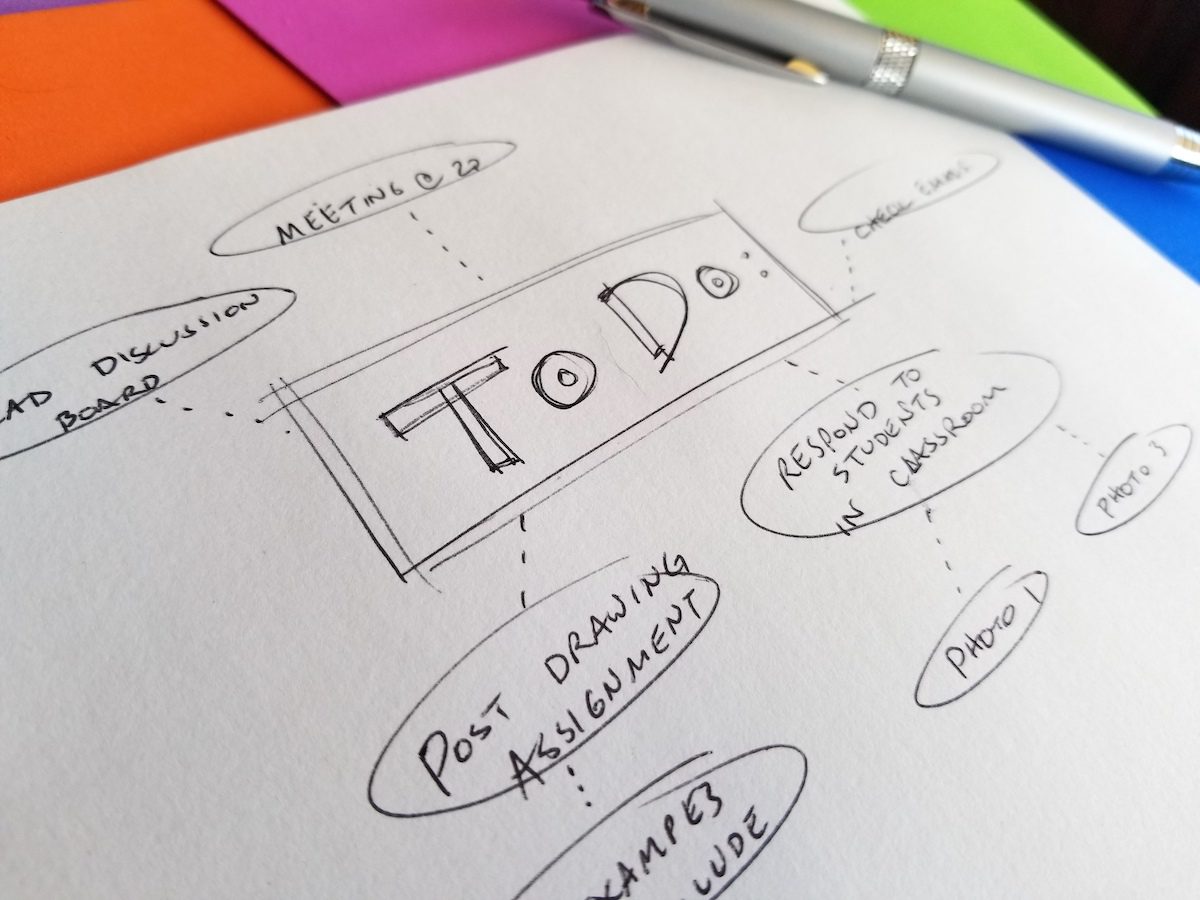Art Education and the Coronavirus (COVID-19)
For the past several days, you have been acclimating and adjusting to the new normal of working from home and supporting student learning online. You’ve likely spent countless hours researching the best digital platform and art-specific tools that will help you deliver your curriculum in a way you’ve never had to before. This has all taken a toll on your time and energy and no teacher wanted this to happen. It’s easy to have a negative outlook on the rest of the school year.
The good news, however, is that art teachers are uniquely qualified to handle this type of situation.
Throughout your career as an art teacher, you have been honing skills and experiences that will help you be more successful. This is a challenging situation, but you’re prepped to knock it out of the park! Here is why:
1. Incredible Resourcefulness
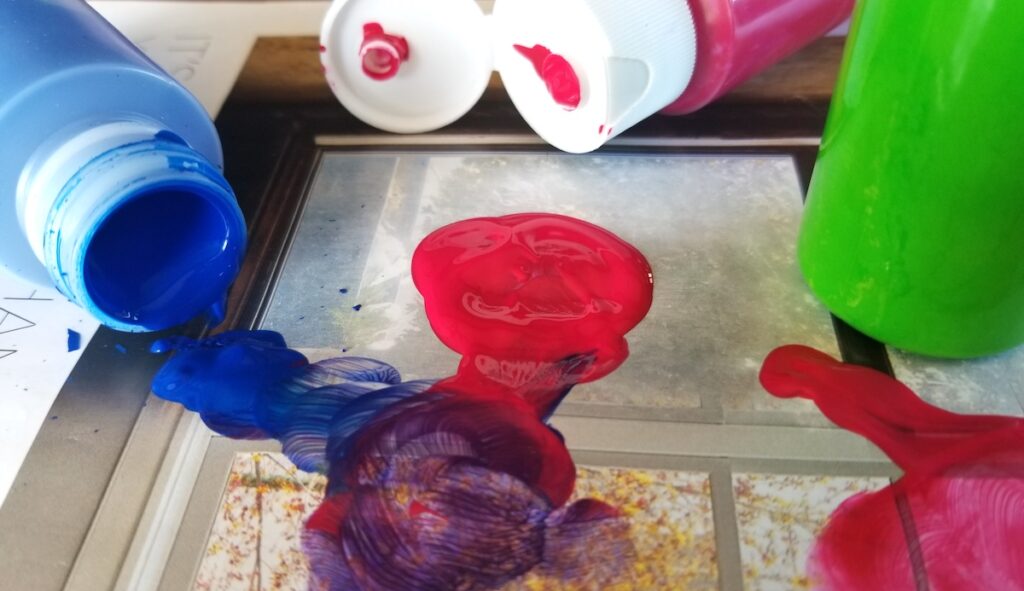
Like the MacGyver of educators, you know how to make something out of anything. In your eyes, magazine pages are paint palettes, and a pizza box is a canvas. You’re always observing objects and asking, “What can I make with that?”
Your ability to think of typical household items as art supplies is going to help your students continue to create art and not allow the lack of traditional art supplies to be a barrier to their success. This will be crucial during this difficult time. Put your skills to good use and consider creating assignments that offer flexibility with materials. Build your projects with a focus on the artistic concept and allow your students to demonstrate their knowledge using what they have available.
2. Pure Resilience
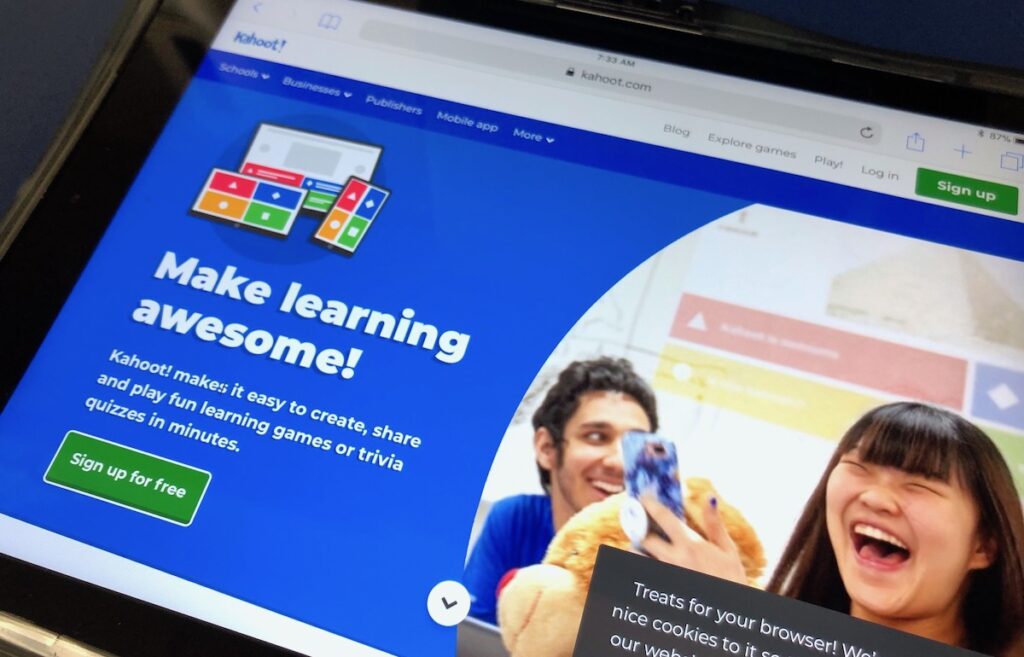
You’ve been knocked down before, and you got back up even stronger. As an art teacher, you’ve likely faced adversity and still found a way to create success for your students. You are used to advocating, standing up for yourself, and pushing for arts education. That’s because art teachers are some of the most resilient educators in the field.
Think about a time when you’ve been challenged to do more with less. Perhaps your budget was decreased, or you lost your classroom. Against the odds, you utilized your skills and developed a way to provide a great experience for students. This success was the result of skills like your problem solving, the ability to access new resources, and developing creative solutions. These adverse experiences have prepared you for the challenges you face now. Lean into these strengths to find the best solutions for students to create artwork in their home environment and support them through this time.
3. Immense Care for Students
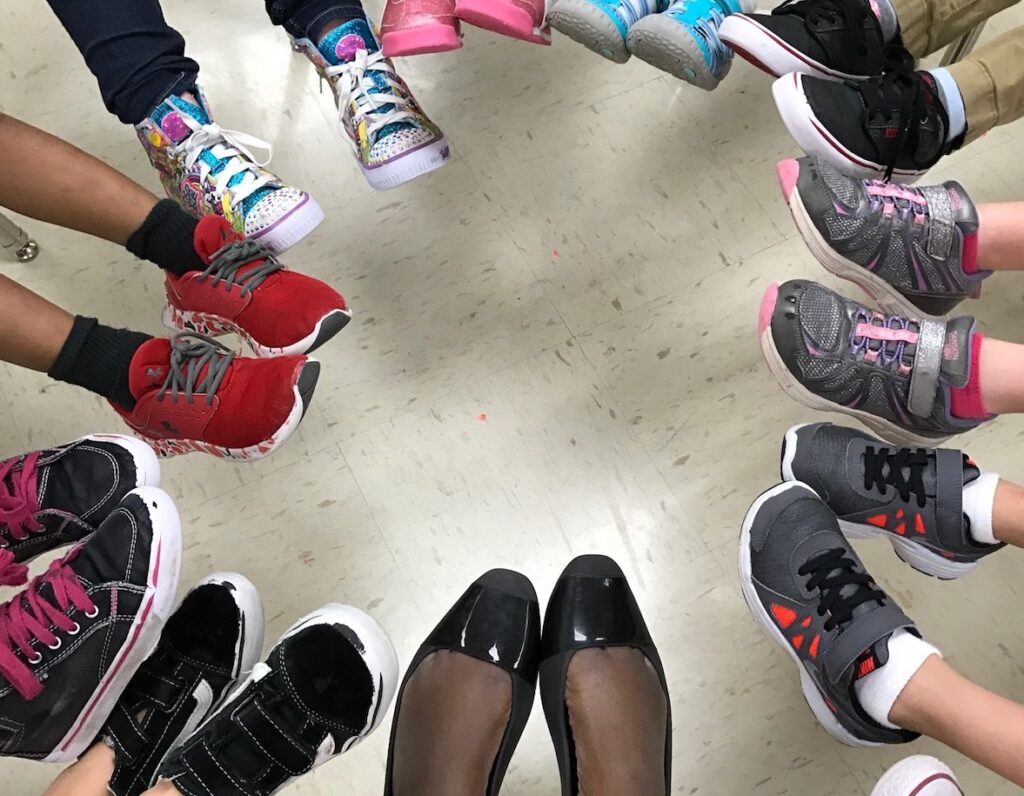
Art teachers know they are a lifeline for particular students. This knowledge and awareness is critical now. Often found in your room before/after school or during lunch, these students need art in their life from a social-emotional perspective. Making art for them is about more than having fun. You are aware of their life challenges and have been willing to be an ally or show support. Your room was a safe haven for them. You keep students well-being at the forefront of your mind—this doesn’t change even when the school environment does. Your ability to care for your students could make a significant difference in how they handle this new reality. You are ready to advocate for them, communicate, and support them as you both navigate remote learning.
4. Fiercely Independent
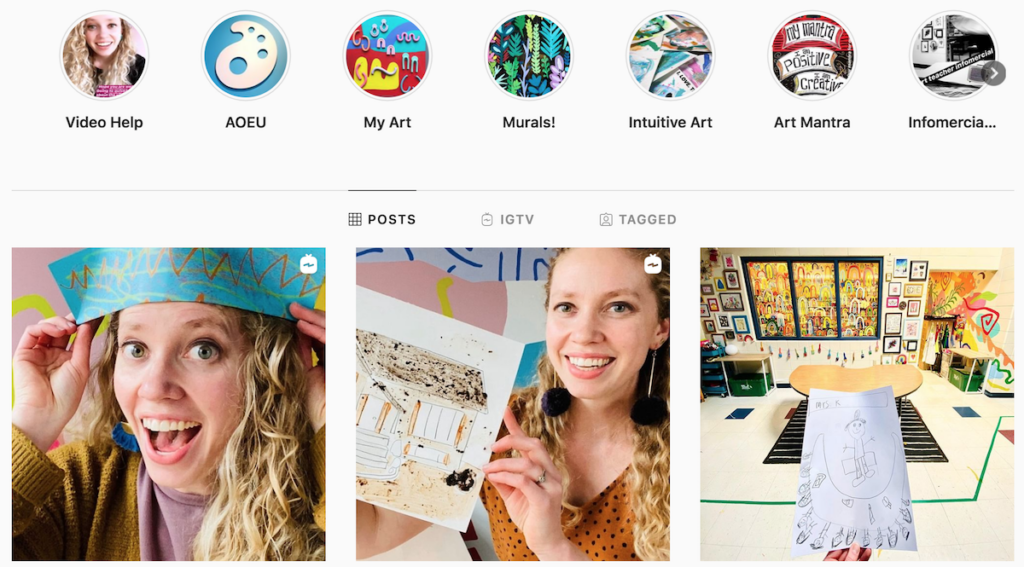
In many ways, you are already accustomed to being on your own. Working from home, without the direct instructional support of colleagues, isn’t an entirely new experience. You might be the only art teacher at your school or the only art teacher in certain classes. You were never able to rely on a team of art colleagues in your building because they didn’t exist.
Most of your resources and networking were likely through online platforms and social media, which are still available during this crisis. Ultimately, your ability to self-manage your work and instruction with students has laid the foundation to be successful teaching from home.
5. Master Multi-Tasker
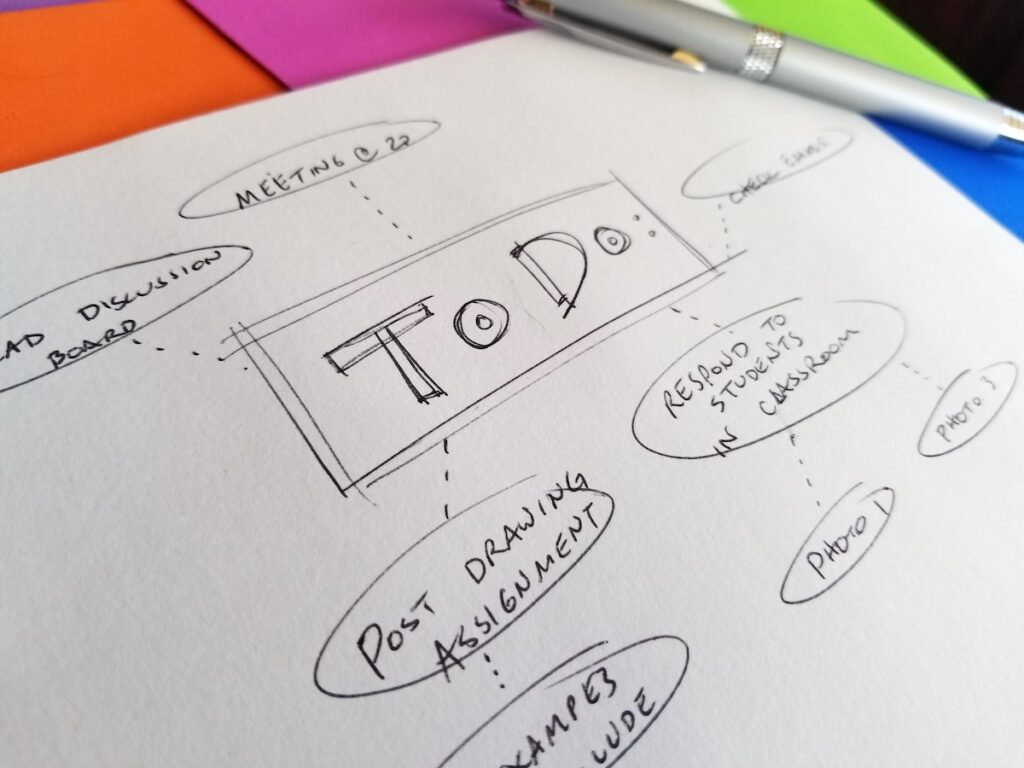
At any moment in the building, you were juggling several tasks. Planning for multiple classes, organizing materials, supporting an individual student, submitting an art order, and preparing for the art show all at the same time is tough to do. Successfully supporting all of your students remotely is going to be made possible by your ability to manage a lot at once. But you’re used to changing directions each minute and never getting dizzy.
Just like in class, where you had to get a student more material, answer a question, catch up an absent student, and clean up the occasional mess. Those who have success working from home have a clear system of managing their work. Try creating a daily schedule that outlines when you will respond to emails, push out assignments, connect with individual students, etc.
Want more encouragement? Learn more here.
Being an art teacher in a traditional environment came with many challenges and experiences that unknowingly prepared you for this new reality. Success with digital teaching and learning will be driven from the same skills you’ve always had but used differently. Your strength, resourcefulness, creativity, and student-centered approach are already in your toolbox and ready to support your students and families. Be confident as you navigate this world because you’re ready for it!
What skills are most necessary during this time of teaching and learning from home?
What resources can help teachers the most?
Magazine articles and podcasts are opinions of professional education contributors and do not necessarily represent the position of the Art of Education University (AOEU) or its academic offerings. Contributors use terms in the way they are most often talked about in the scope of their educational experiences.
